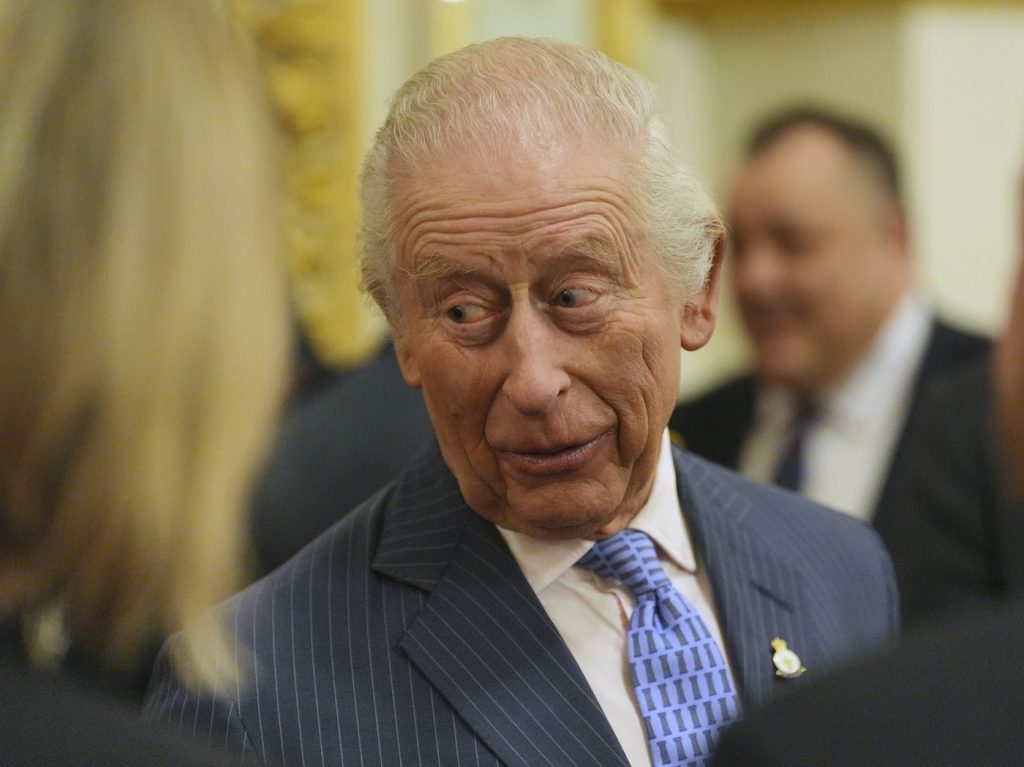Disposing your natural Christmas tree? Put it in your backyard
Posted Dec 26, 2020 11:00:00 PM.
As the holiday season winds down, the Nature Conservancy of Canada (NCC) suggests people give their natural Christmas trees a second home.
Instead of throwing them away, national media relations director Andrew Holland said people should consider putting them in their backyards to support the environment and wildlife.
“Here in Atlantic Canada, there’s lots of different bird species that try to tough it out and hack our winter climate,” he said. “By using your Christmas tree in the backyard — even your wreath, putting it in the backyard, hanging it off your deck, this type of thing — it can provide a source of warmth over the coming weeks and months.
“We’re just trying to keep them out of the landfill system.”
Over the last 50 years, Holland said Canada and the United States has seen a loss of 2.9 billion birds. Even though that’s due to a variety of reasons, putting leftover Christmas trees in backyards can help birds find safety and shelter as the province sees colder temperatures and more storms.
Those looking to move their natural Christmas trees to their backyards should prop them up against another tree, against a fence, near a bird feeder or lie it down in a garden bed.
“Evergreens offer a safe place for birds to rest while they visit your feeder,” NCC’s senior conservation biologist Dan Kraus said in a news release. “Another benefit is that if you leave the tree in your garden over the summer, it will continue to provide habitat for wildlife and improve your soil as it decomposes.”
By spring, the tree will have lost most of its needles. People can then cut the tree’s branches, lay them in garden beds where spring flowers are starting to emerge and place the trunk on the soil.
The tree branches and trunk can provide habitat, shelter wildflowers, hold moisture and help build the soil — a similar effect dead trees and branches have on a forest.
Some of the wildlife that’ll benefit from this are toads, which will seek shelter under the log, and insects, including pollinators such as carpenter bees, which will burrow into the wood.
By fall, the branches and trunk will decompose and turn into soil — right in time for the Christmas tree from the upcoming holiday to find a new home.
Holland said people thinking about doing this must ensure their tree is locally-sourced. Non-native trees can host dangerous insects, such as the Emerald Ash Borer, which can be damaging to the environment.
He also said this project obviously isn’t for everyone as many people live in multi-unit buildings or don’t own backyards. But for those who have the space and bought a natural Christmas tree, it’s a project that can benefit the environment and be a fun activity for everyone.
Parents can make this a fun family activity by including their children and redecorating the tree with peanut butter-filled pinecones, strings of peanuts and suet for the birds to enjoy.
“It’s just meant to have fun,” Holland said. “We call it a small act of backyard conservation. People want to know how they can help nature, conservation and the environment.”
Those who are concerned about the appearance of their leftover Christmas tree on their property aren’t out of luck: Holland said cutting the tree’s branches and drilling holes in its trunk can help hasten the decomposition process.
But those who are entirely against the idea — or simply don’t have a tree or backyard — can still support the environment and wildlife.
In the Halifax Regional Municipality, natural Christmas trees (stripped of all plastic and metal) left on curbsides on regular green cart collection days will be collected.
People can also make donations to a local wildlife or nature conservation charity. With the COVID-19 pandemic, Holland said a lot of people have rediscovered nature and outdoor activities.
“That’s really important. Nature has been there for us during this pandemic,” Holland said. “Seventy-three per cent of Canadians have said they’ve spent as much or more time outdoors compared to before the pandemic.
“Nature and the outdoors has been really important for us this year to try and clear our heads and improve our moods; it’s been there for physical and mental well-being because frankly, during the pandemic, it’s been tough.”








